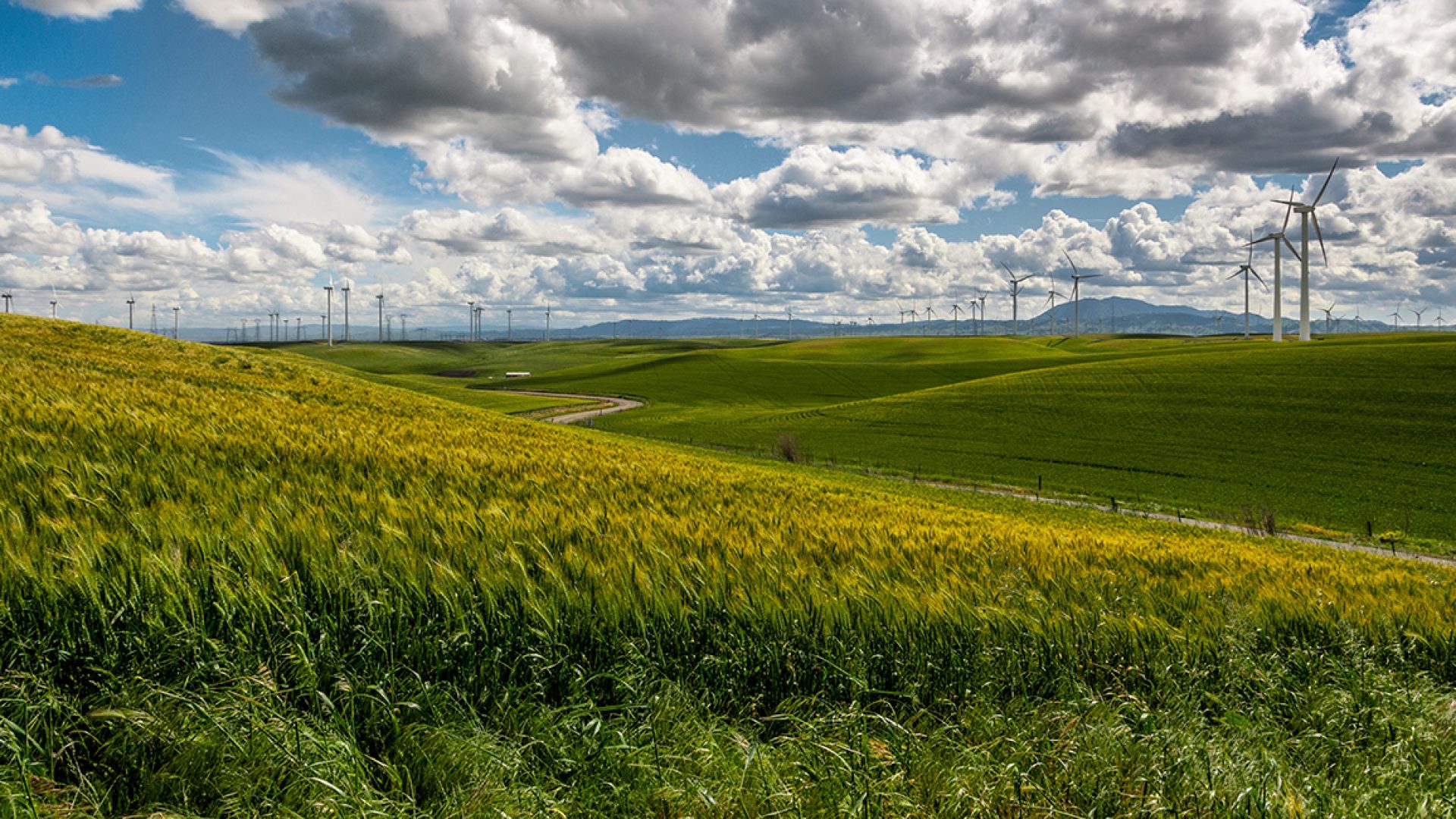How does your state – or the state you’re considering a move to – rank for environmental friendliness? Personal finance site WalletHub recently ranked each state in the U.S. to determine which are the most committed to the environment. This Builder article by Lauren Shanesy explains how WalletHub determined the greenest states in the nation by comparing factors such as air and water quality and energy consumption.
Conserving resources has become a priority of many builders, as climate change, droughts, and fuel prices affect both the environment and economic conditions of some major home building markets.
Some states have been more successful than others when it comes to conserving the environment. WalletHub ranked all 50 states based on 17 key factors to find which states in the nation are the most “green” and committed to the environment. The site examined metrics such as air, water, and soil quality, number of LEED-certified buildings per capita, energy consumption and its percentage that comes from renewable sources, gasoline consumption, and percentage of waste including trash and recycling.
Overall, Vermont was considered the most green state for its high air quality and minimal solid waste per capita. Washington, Massachusetts, Oregon, and Minnesota followed Vermont as the top five most green states. Washington and Minnesota had some of the highest water and soil quality among states in the country.
Location of markets plays the most essential role in determining where environmental efforts should be focused, according to Nancy Engelhardt Furlow, professor of marketing at Marymount University. “For example, in California, lowering water consumption is a high priority, but in states near the Chesapeake Bay, responsible use of pesticides and fertilizers is a high priority. Solar panels may be a great option in the West but not as popular in other areas. The activity may differ depending on the location, but environmental education is essential.”




